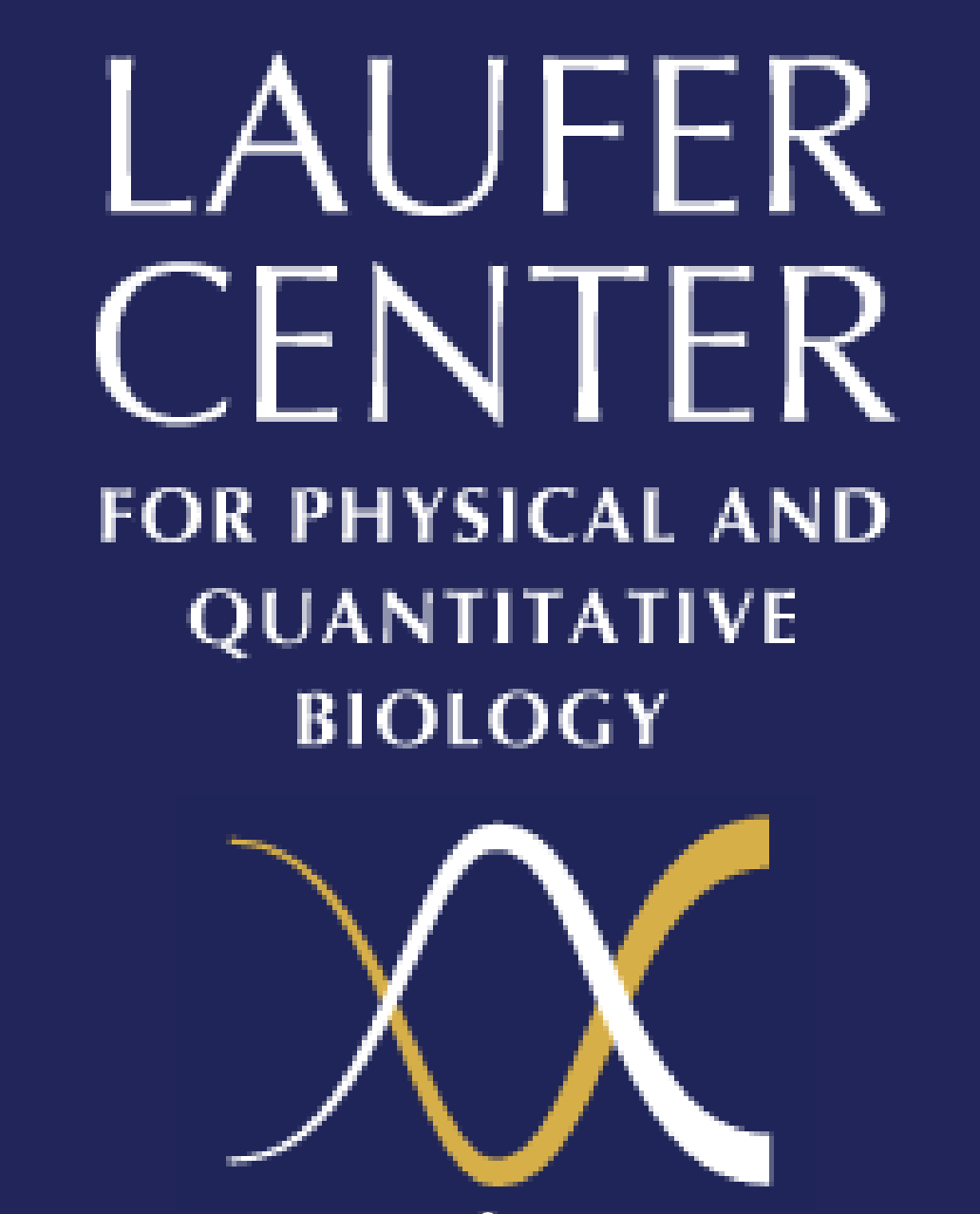Events Calendar
Postdoctoral Research Fellow
Tarun M. Kapoor Lab
Rockefeller University
NYC
Mesoscale Mechanics of the Mitotic Spindle
Error-free cell division requires the equal separation of chromosomes, a process which relies on the mitotic spindle. To maintain its function, this microtubule-based machine requires that mesoscale protein complexes can robustly diffuse across it. However, how this is achieved is unclear, as the sizes of key mitotic protein complexes are commensurate with the inter-filament microtubule spacing in mitotic spindles. In addition, the mitotic spindle must be able to withstand genetic and environmental perturbations as chromosomes separate. It is known that the spindle midzone, the region between separating chromosomes, can overcome such perturbations. However, it has been difficult to probe the mechanical properties of this dynamic region to understand how resistance to damage and structural stability are achieved. In my talk, I will focus on these two fundamental questions regarding cytoplasmic diffusibility and structural robustness and present data from quantitative, advanced fluorescence microscopy experiments that help address them. First, I have tracked mesoscale genetically encoded multimeric nanoparticles (GEMs) in dividing cells. The results from these experiments suggest that microtubules effectively fluidize the mitotic cytoplasm to equalize mesoscale mobility across a densely packed, dynamic, non-uniform environment, thus spatially maintaining a key biophysical parameter that impacts biochemistry. Second, I have combined super-resolution expansion and electron microscopies, lattice light-sheet imaging and laser microsurgery to examine how spindle midzone organization sets its mechanical stability. These data suggest a model wherein multiple, dynamic midzone connections both reinforce its structure and mechanically isolate individual bundles from local perturbations. This feature allows the spindle midzone to be structurally stable to bear the load of separating chromosomes, while being sufficiently compliant to accommodate local disruptions. Overall, these results allow us to gain insight on how biochemical uniformity and structural stability are achieved across the mitotic cell to ensure that cell division is robust
Host: Gabor Balazsi
This will be a hybrid seminar but we hope that you will join in person.
In person: Laufer Lecture Hall 101
Or join Zoom: https://stonybrook.zoom.us/j/9
Refreshments following the seminar in room 110






